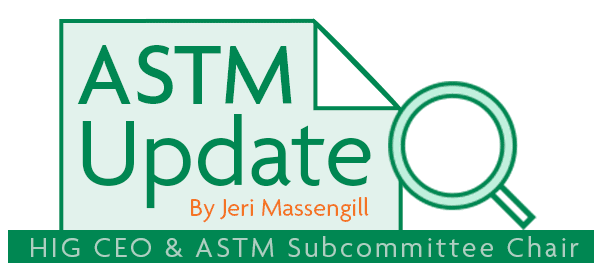
ASTM E1527-21 Standard Finalized – How will this affect historical research for ASTM/AAI compliant Phase I ESAs?
- A new section 8.3.9 specifically addresses research of adjoining properties. This section reads, in part; “During research of the subject property…., uses of the adjoining properties that are obvious shall be identified to evaluate the likelihood that past uses of the adjoining properties have led to recognized environmental conditions in connection with the subject property. The report shall describe identified obvious uses of adjoining properties, and indicate the earliest dates identified.” (Note: Words in italics have specific definitions found in Section 3 of the standard.)
- There is new language regarding review of “The Big 4” historical resources in Sections 8.3.8 and 8.3.9. The revised language says, in a nutshell, that a Phase I ESA shall include review of historical aerial photographs, city directories, fire insurance maps and topographic maps for the subject property and adjoining properties. The standard recognizes these historical resources are not always available for all locations. However, if a Big 4 historical resource is reasonably ascertainable for the subject property and adjoining properties, and the resource was not reviewed, the environmental professional should explain in the report why that resource was not reviewed.
- There is new guidance in Section 6 – User Responsibilities, about how to properly search for Activity and Use Limitations and Environmental Liens. The standard now recognizes that this task is sometimes included in the scope of work conducted by the environmental professional at the request of the User, so there is new language to help environmental professionals make sure they are ordering a land title research report and/or a judicial record research report that meets the requirements of the standard. Section 6.2.2 reads, in part “….Title search information reports shall review land title records for documents recorded between 1980 and the present. In the case of jurisdictions that rely on the judicial records for filing of environmental liens, the judicial records shall also be reviewed for environmental liens filed anytime between 1980 and the present.”
In summary, the changes to Sections 6 and 8 provide more specific guidance to help environmental professionals identify both existing land-use restrictions and recognized environmental conditions in connection with the subject property. HIG’s Data Packages and Title Research Services help environmental professionals meet the new requirements of the E1527-21 standard. To request more information, contact Jeri Massengill at jerim@historicalinfo.com
